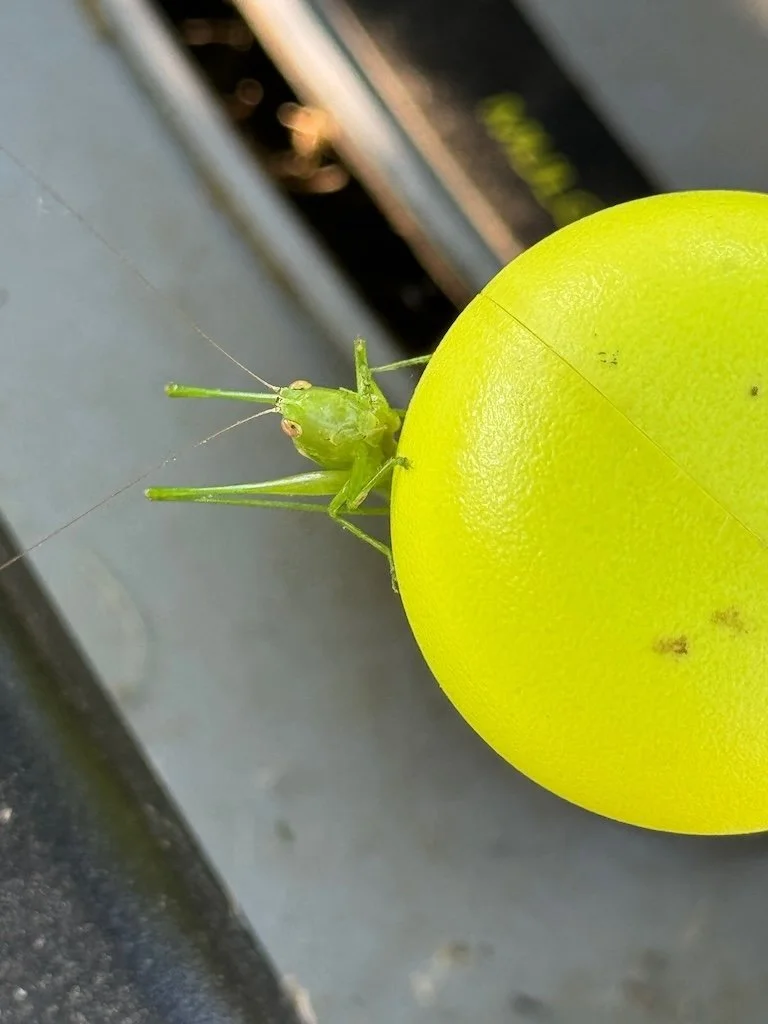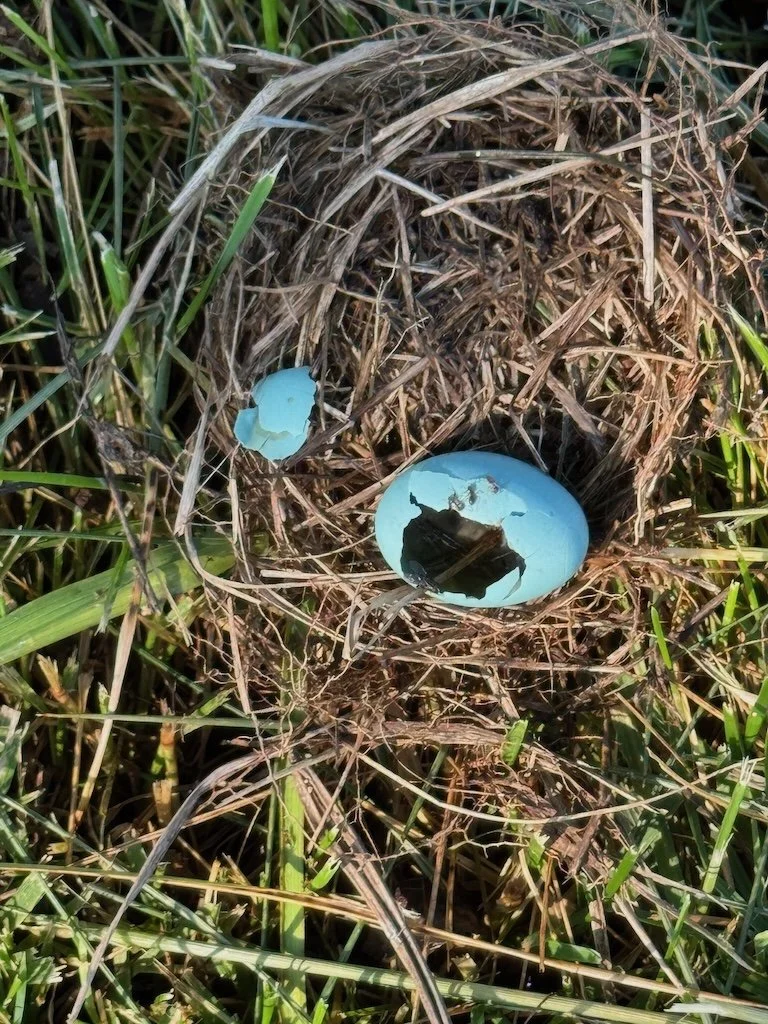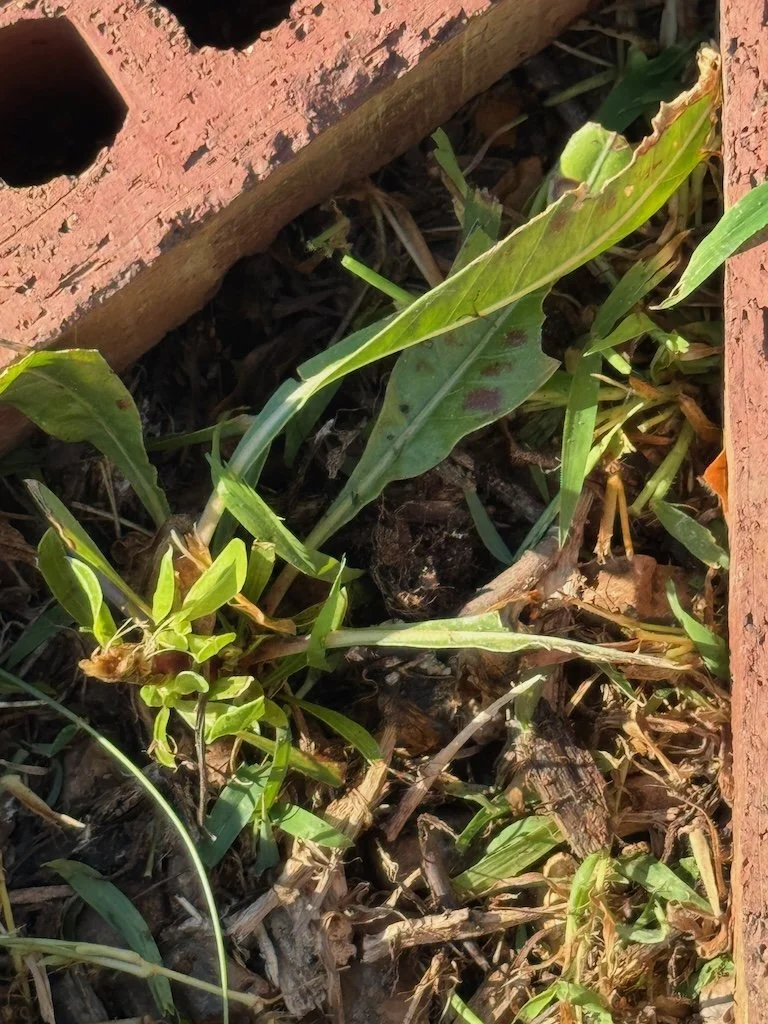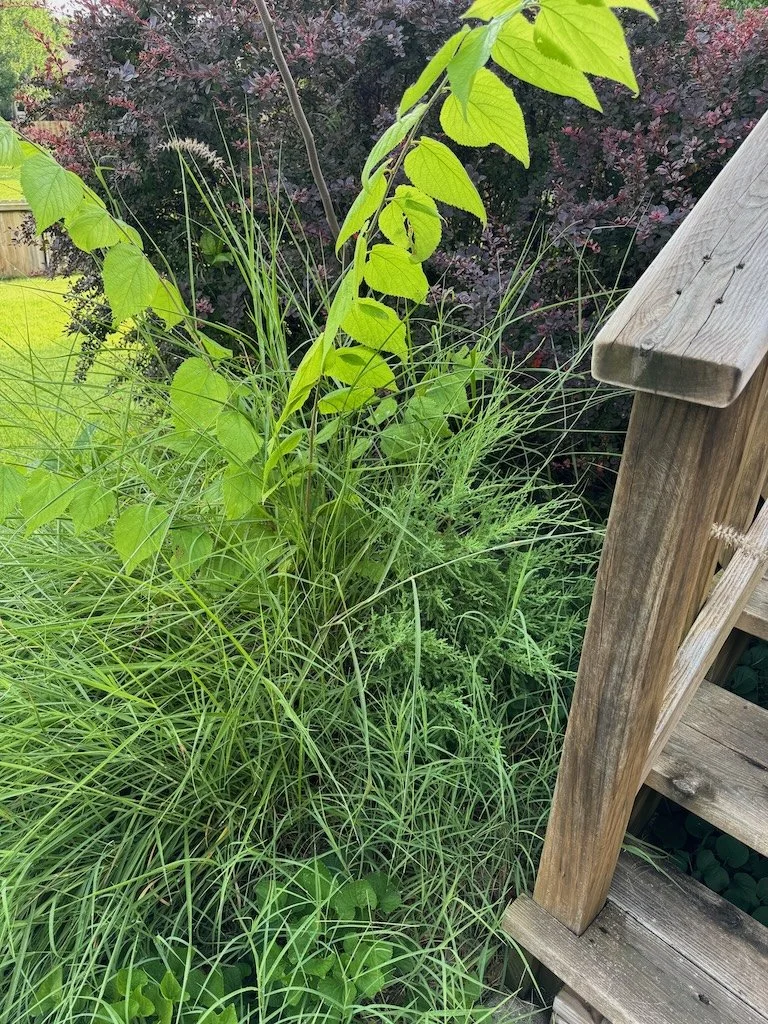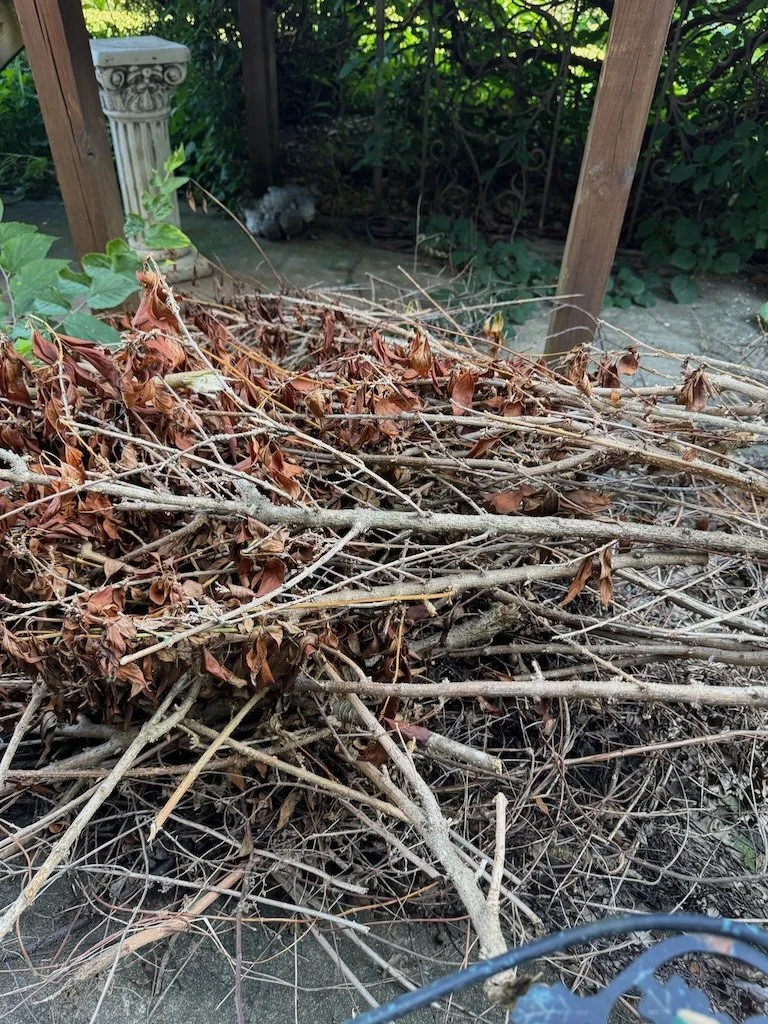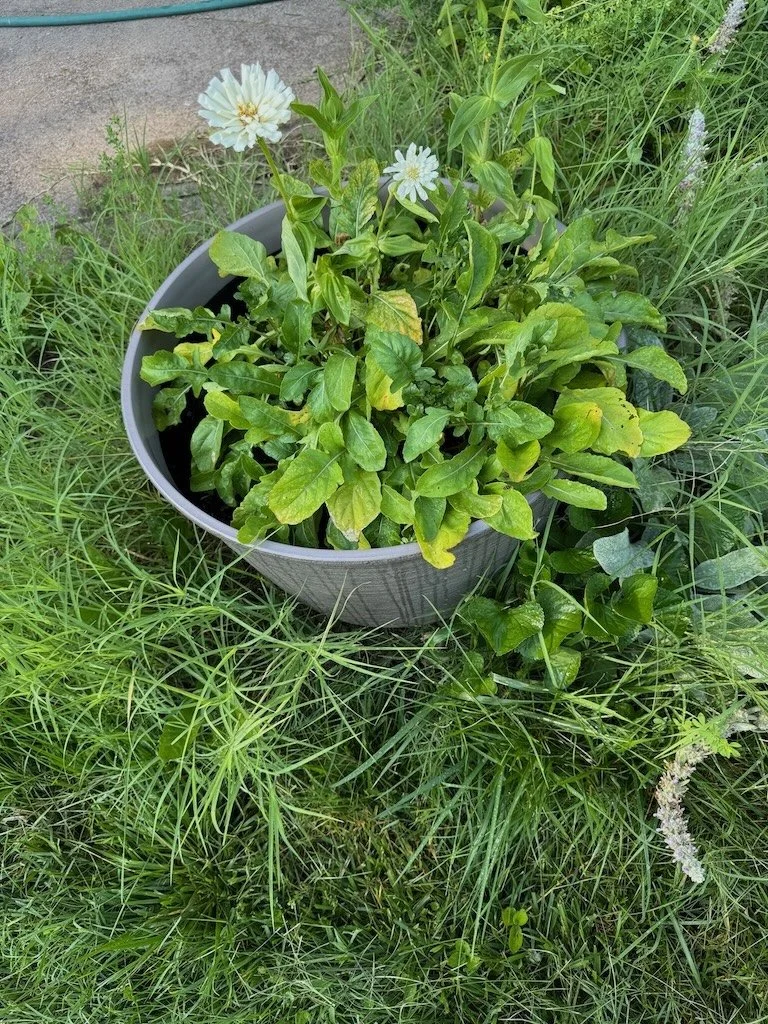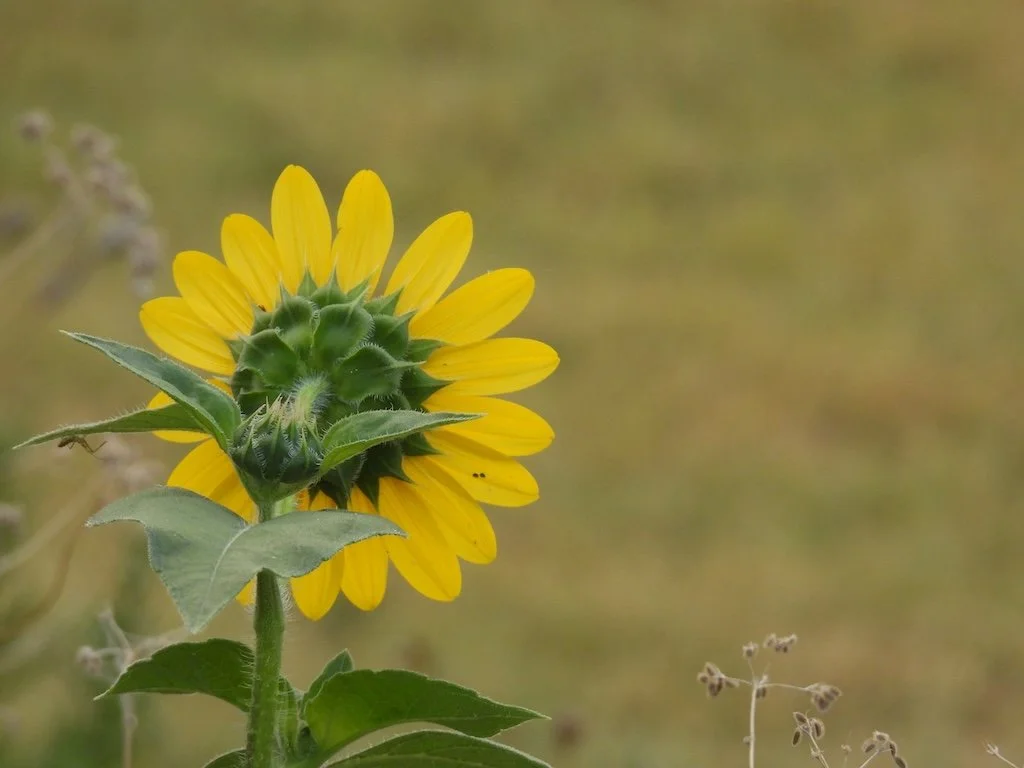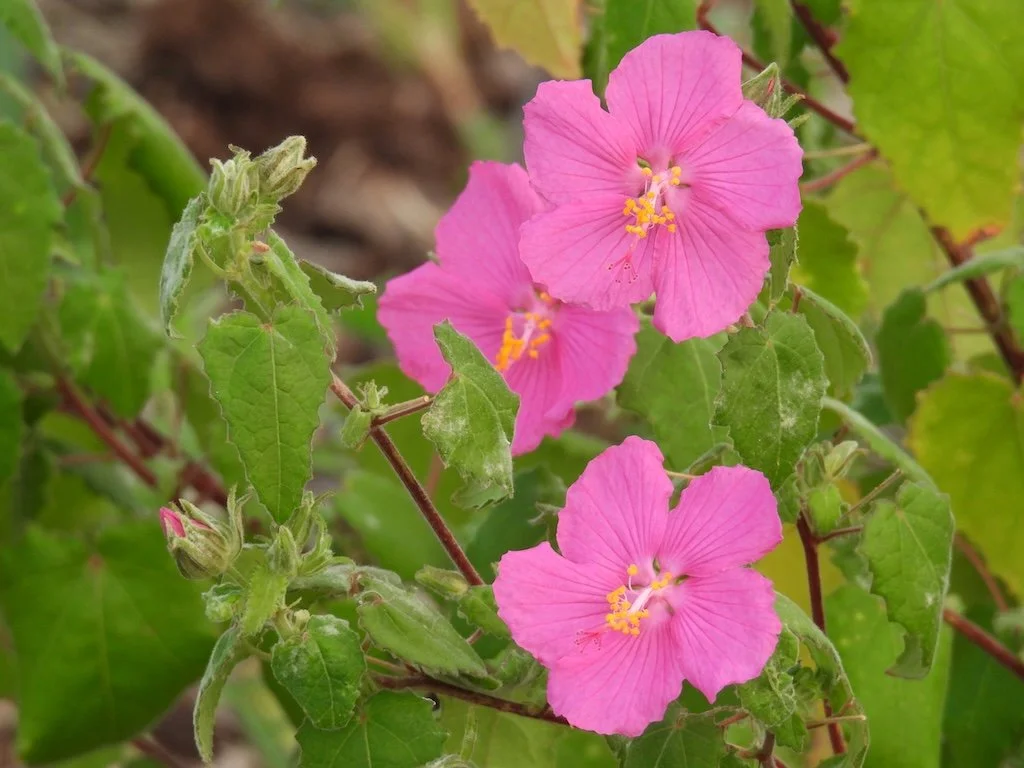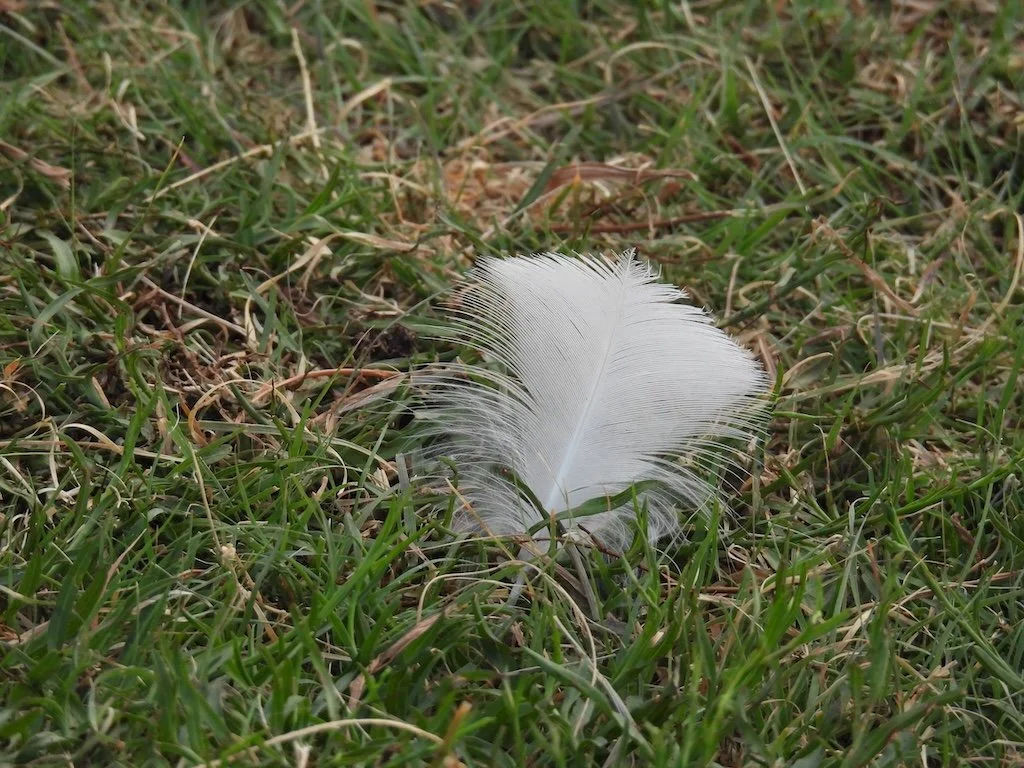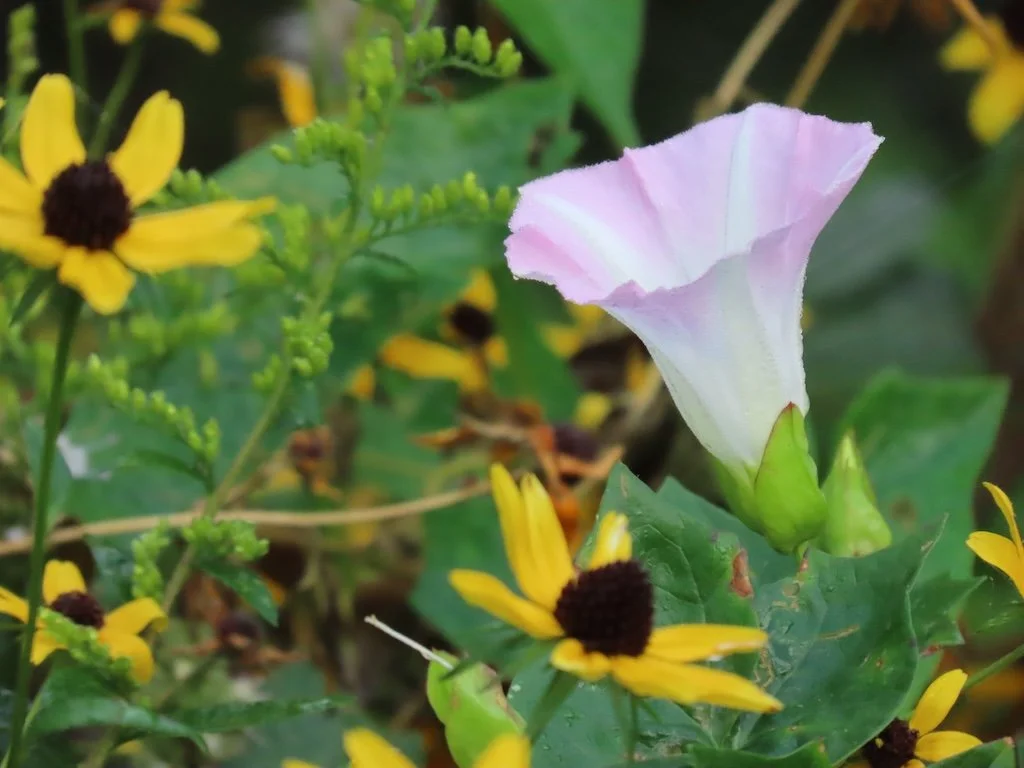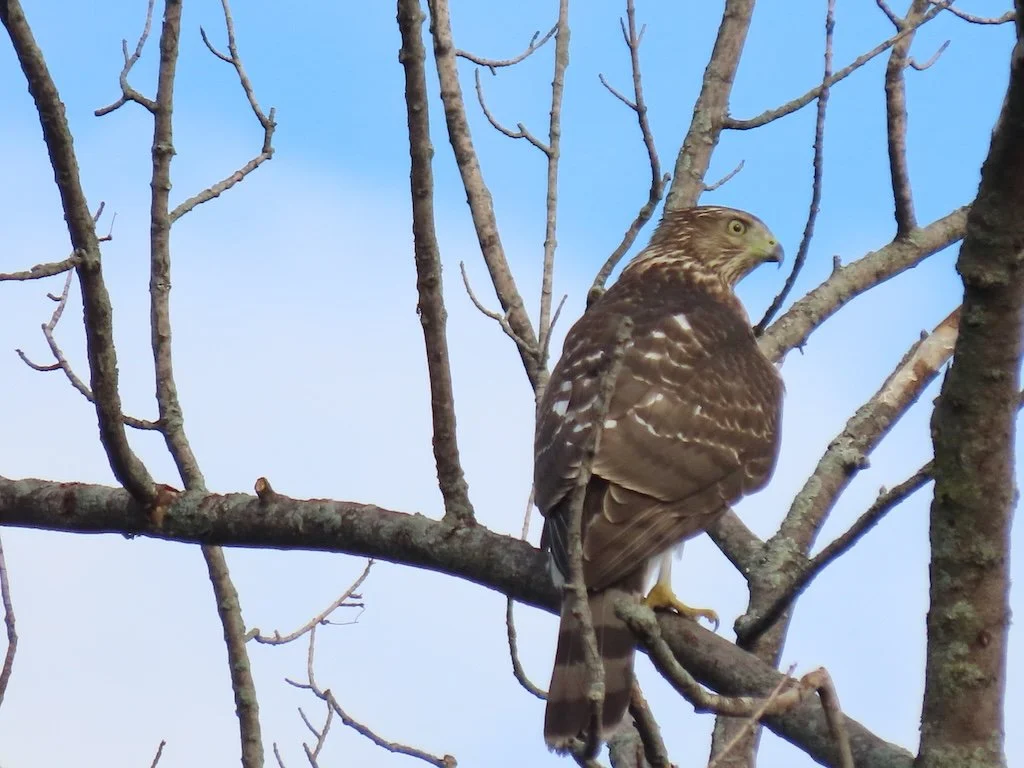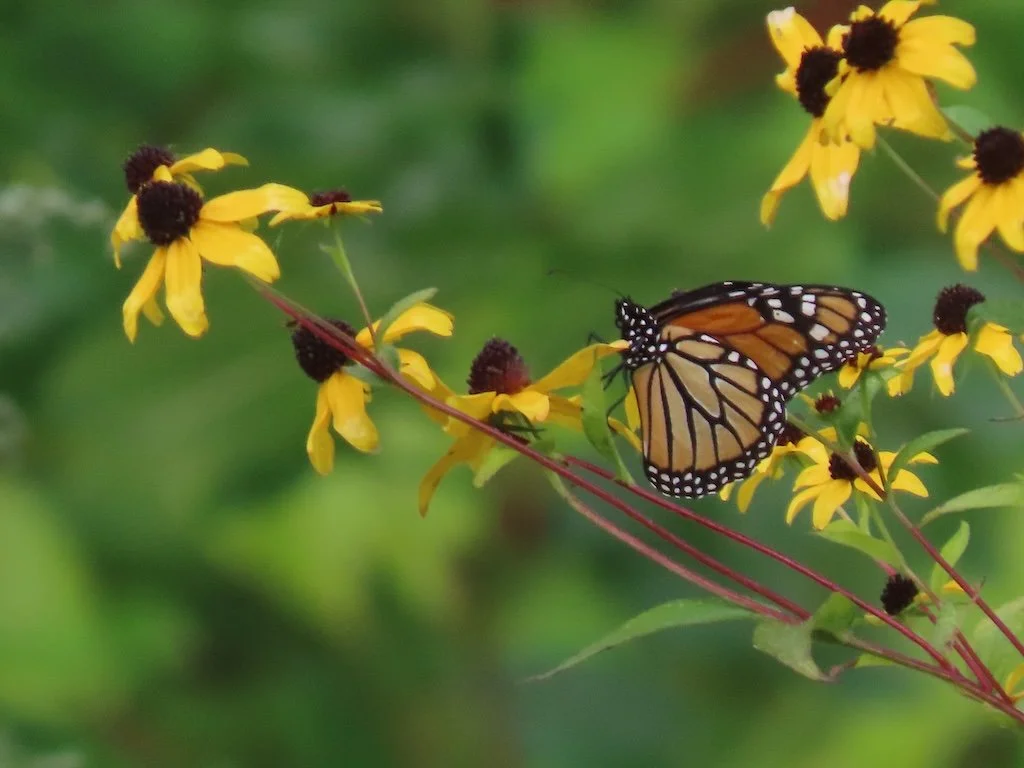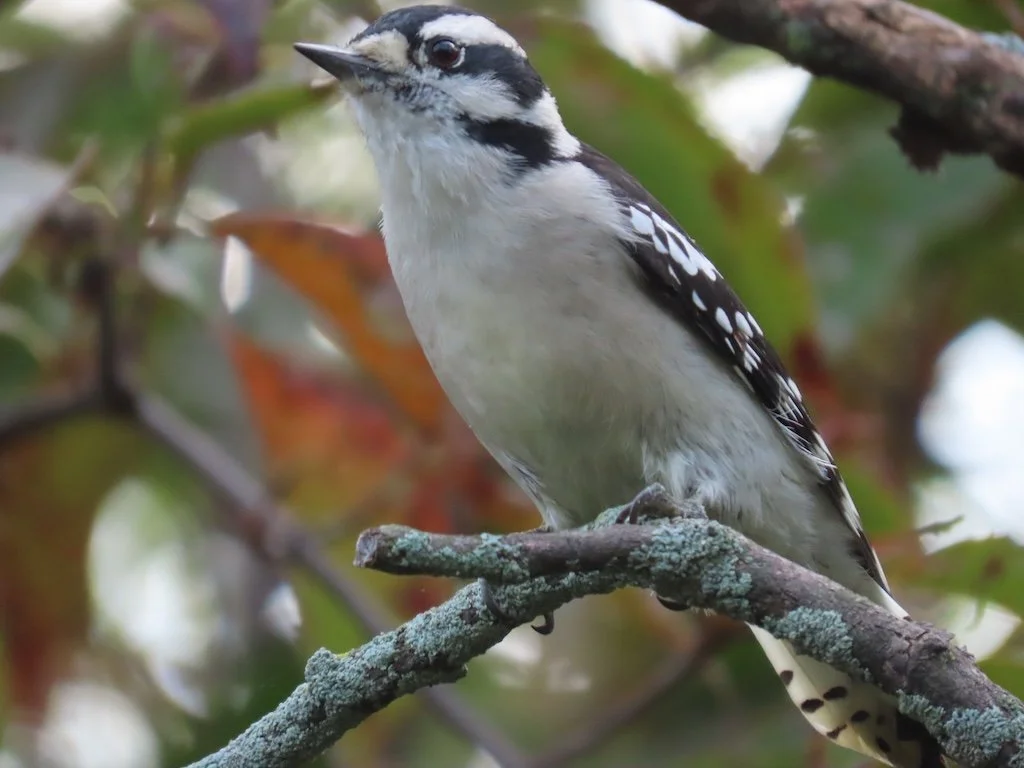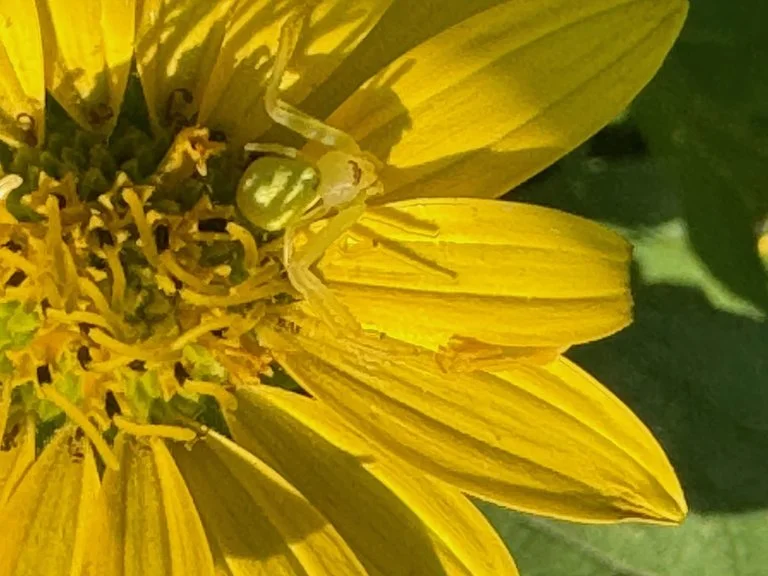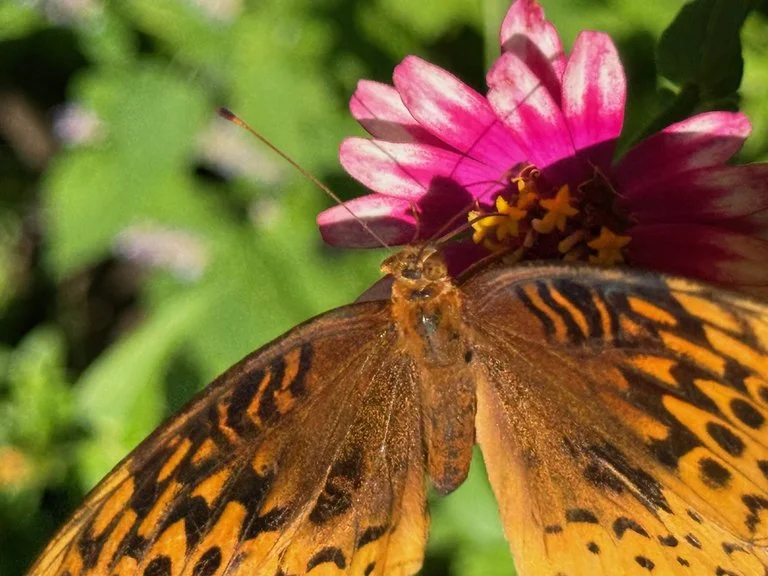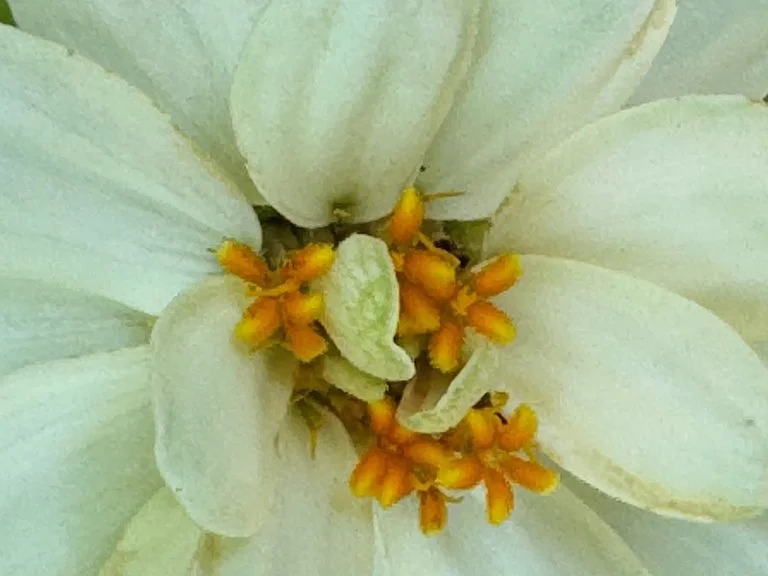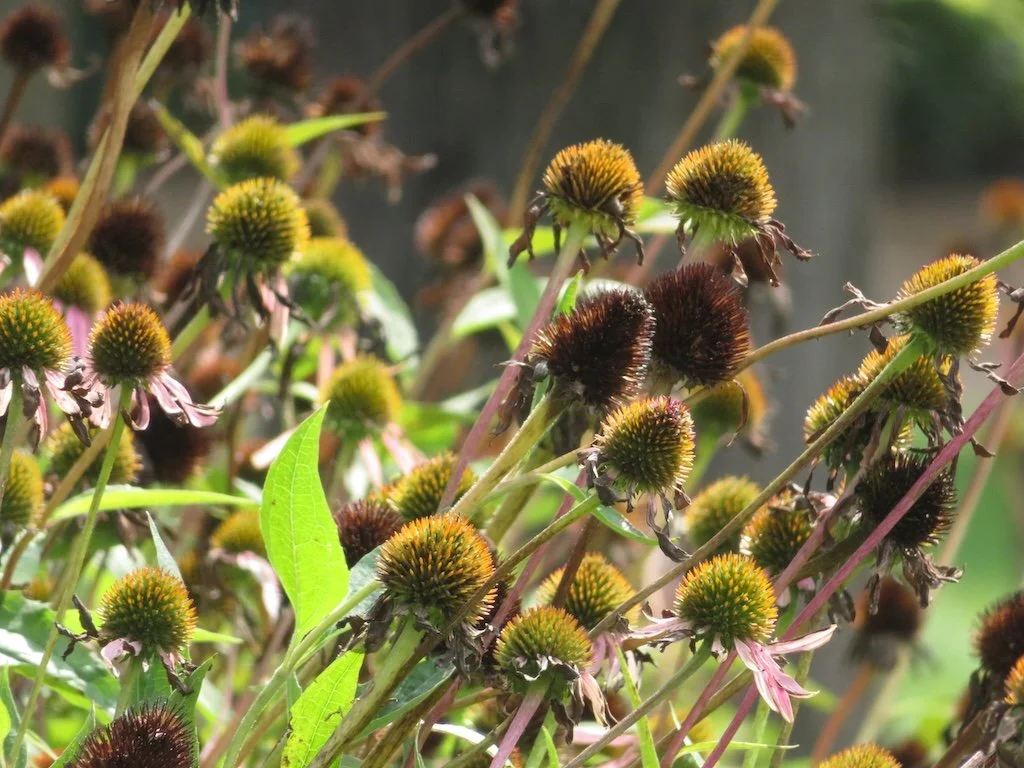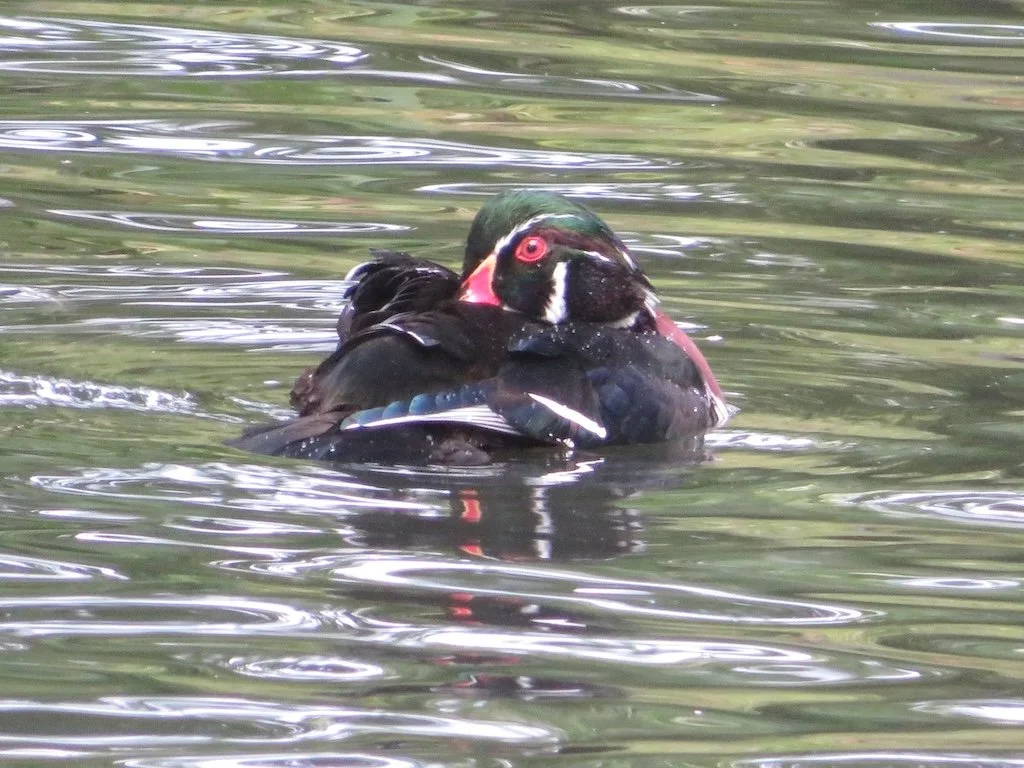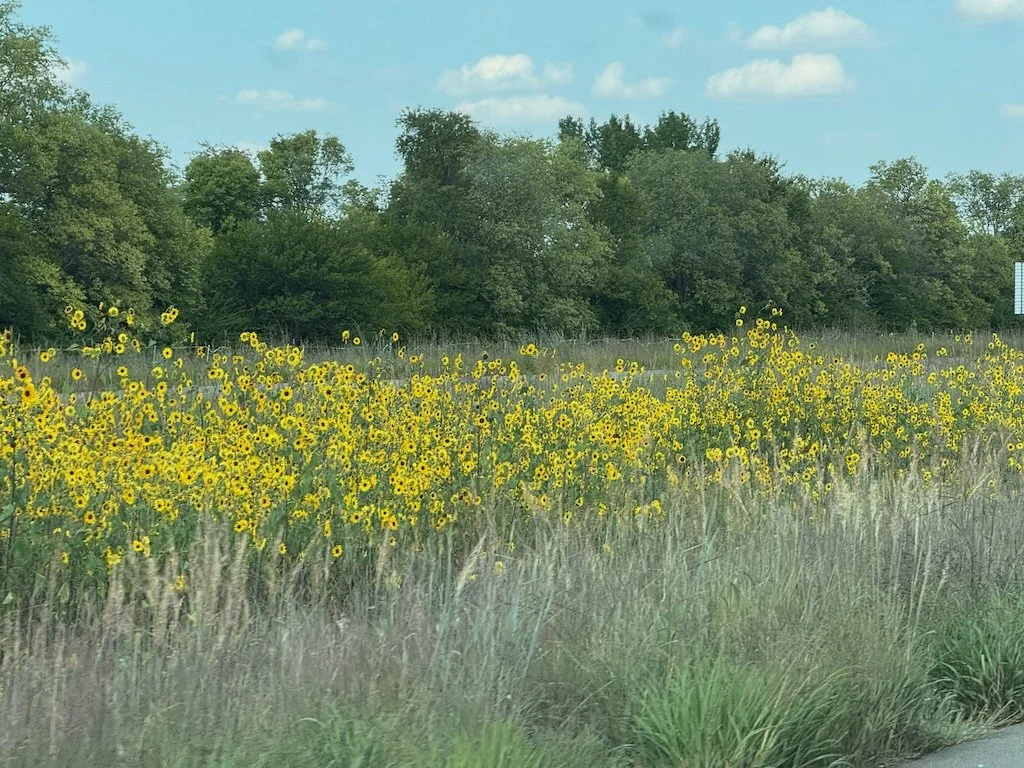Yard Work – June 2025
/It’s the time of year when there is a lot to do in the yard. There is always something to see along the way….like an insect on one of lawn mower knobs. I am appreciating the new blades my husband installed on the mower. It does not clog as easily when the grass is a little wet and the batteries seem to last longer too.
With my husband’s surgery in May, we got a little behind on edging and weed eating. When he was recovered enough to do the edging, he went out to check the situation and someone in the neighborhood had already done it! They also did some weed eating which was not as appreciated since they cut some daylilies and my Missouri evening primrose too. There was a smashed bird nest/egg nearby as well (although that could have been from another cause). I put some bricks around the cut primrose and later pulled most of the grass growing around it. I posted a thank you with a proviso about the evening primrose and day lilies on the neighborhood’s Facebook page since I have no idea who did it.
We have hackberries coming up everywhere….planted by birds. There is a large hackberry near the neighborhood pond – probably the parent. I am cutting them at this point but might leave one if it comes up in a place that it could grow to be a tree. Poke weed and Virginia Creeper are other natives that are prolific in the yard…..sometimes a little overwhelming and I usually leave them – particularly in the back yard. Poison ivy is something I always try to pull as soon as I find.
A hedge parsley came up in one of my flower beds…and it was pulled since it is not native to North America and tends to spread. I do the same with tree and Asian honeysuckle. A forsythia (also non-native) has been an ongoing project in my back yard. I am gradually cutting it down and will eventually paint the cut stubs with herbicide to kill it. I would rather have a native bush there. In the meantime, the results of my pruning are making a higher pile on my deck….drying out now and will be burned in the fall in my chimenea.
I planted a pot of flowers and veggies and a white oak seedling in late May. The zinnias are beginning to bloom! I won’t do it long term since it must be watered frequently….not something I want to do! I’ll have to decide where to put the white oak.
Other than my mower - my pruners, water bottle and gauntlet gloves are my primary tools. I’ve purchased some summer weight sunblock shirts and wear a hat, so I don’t need sunscreen except on my face!

